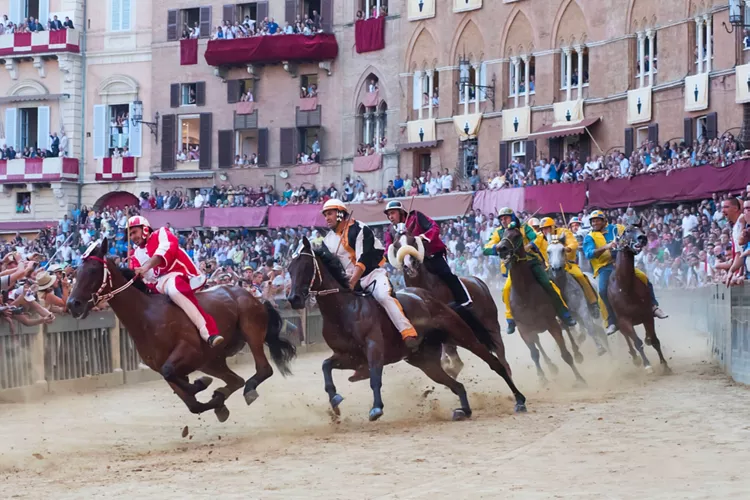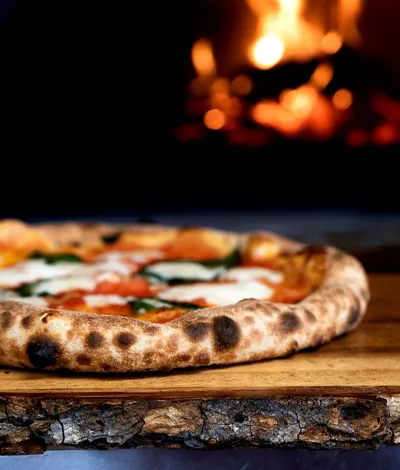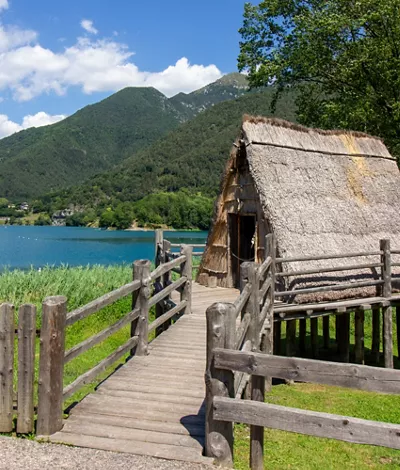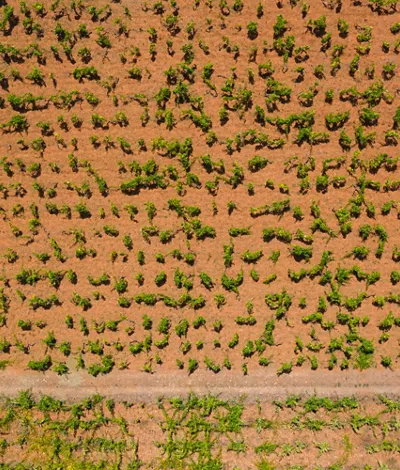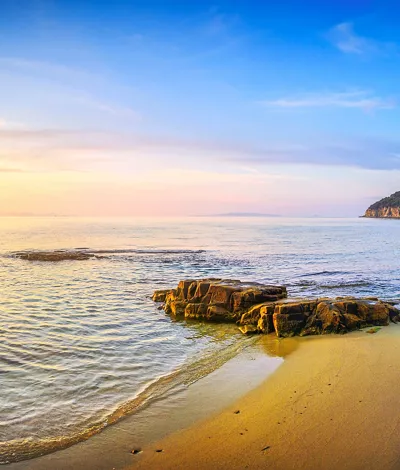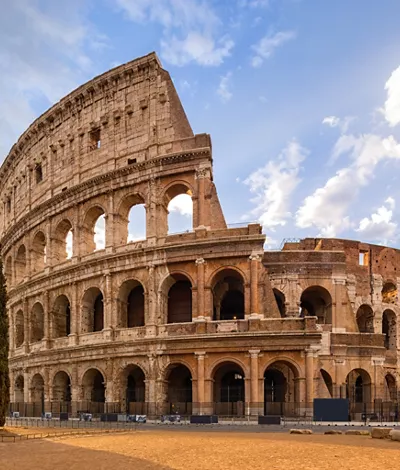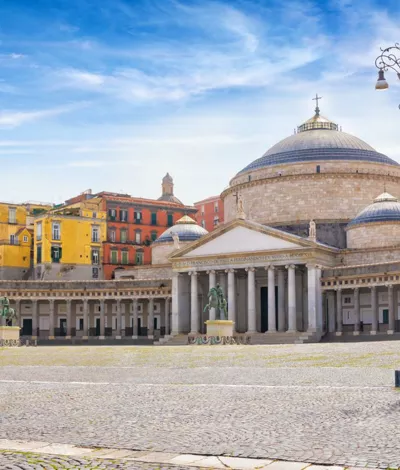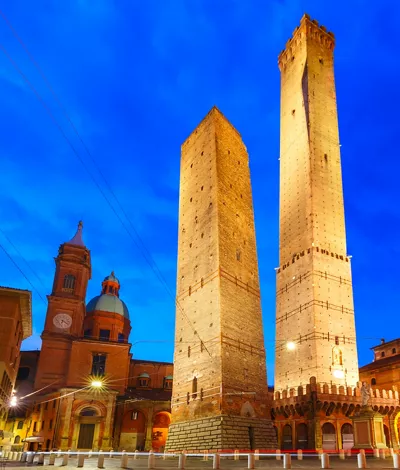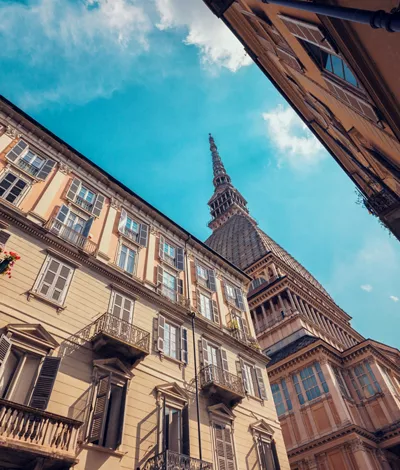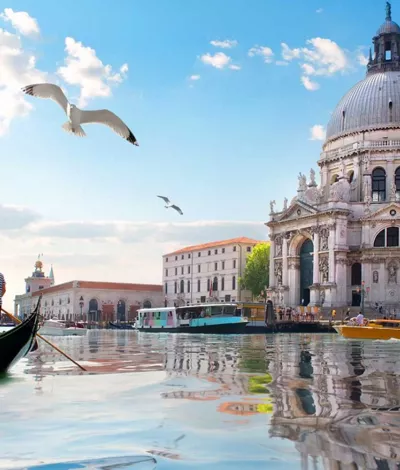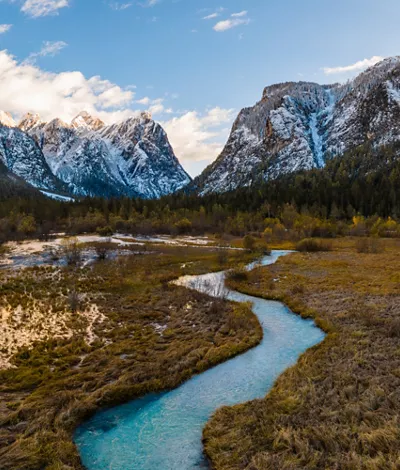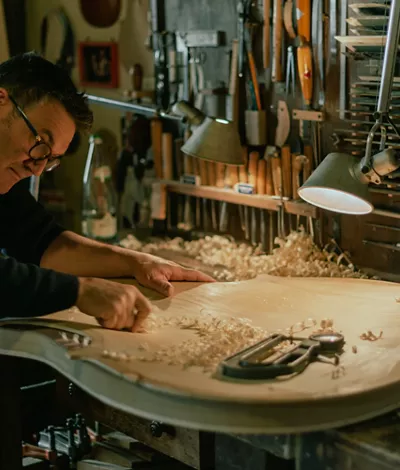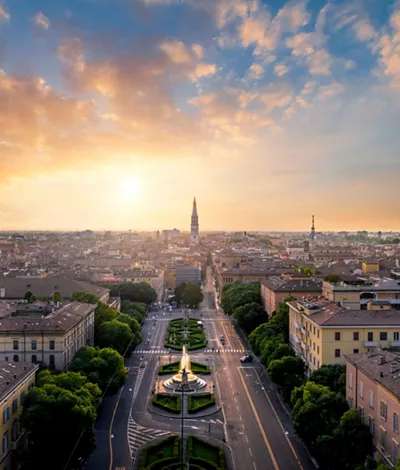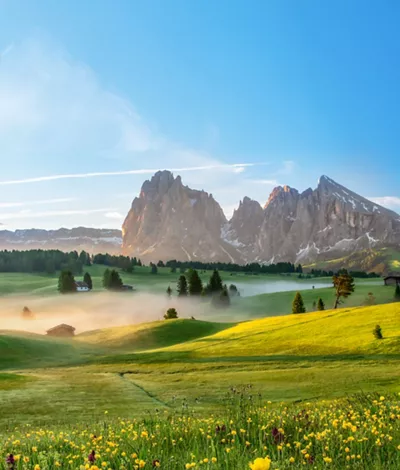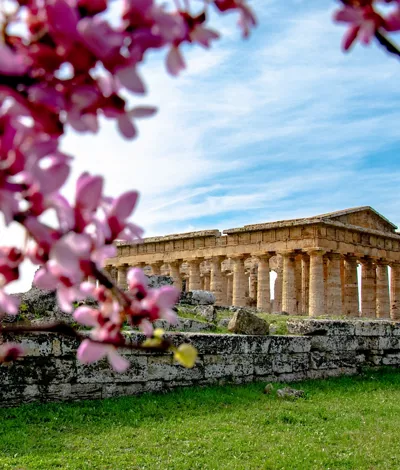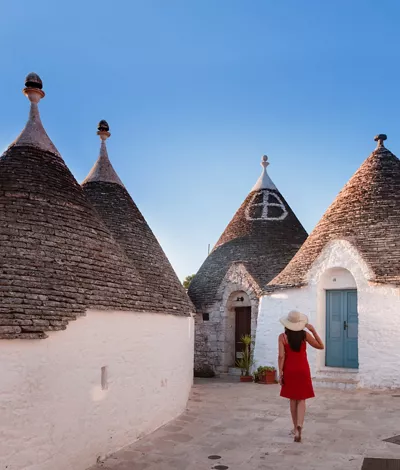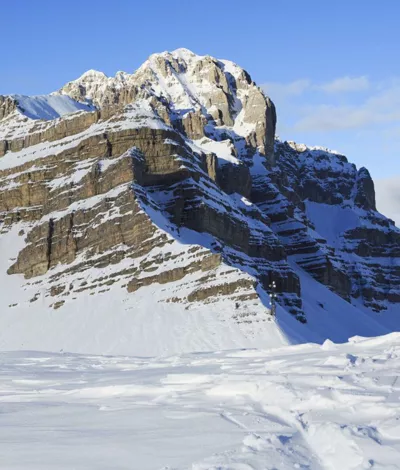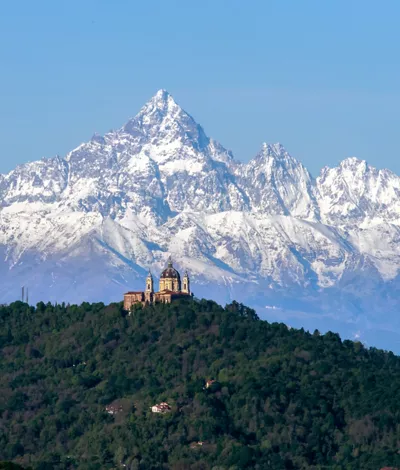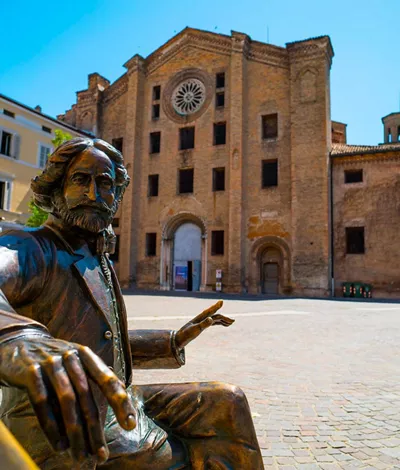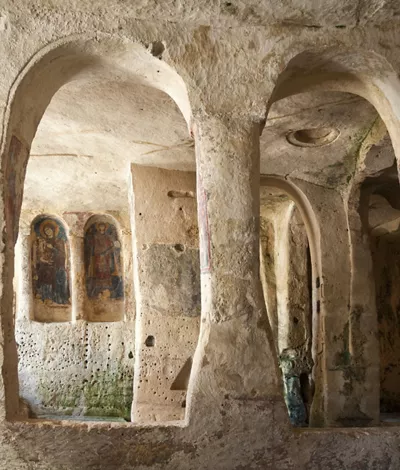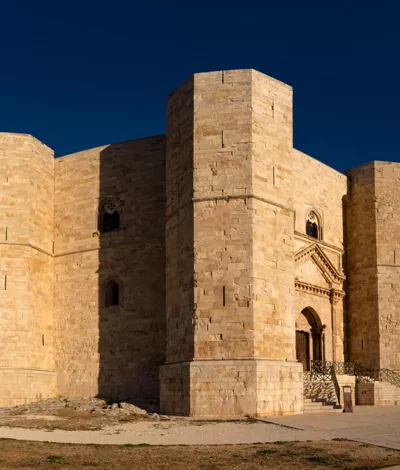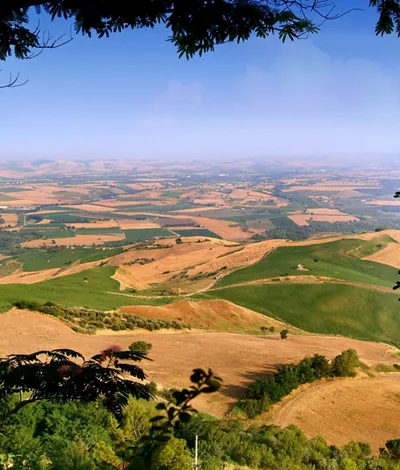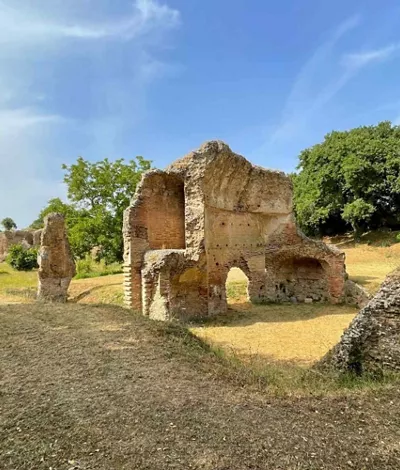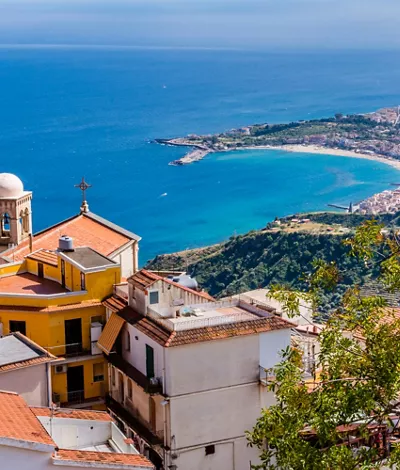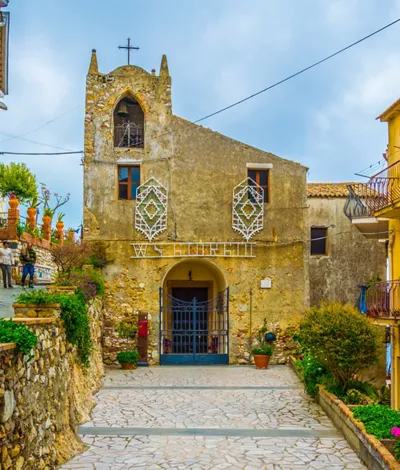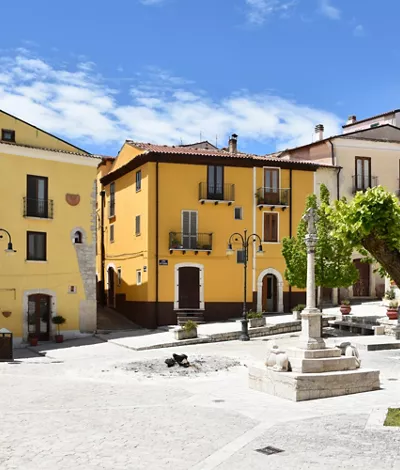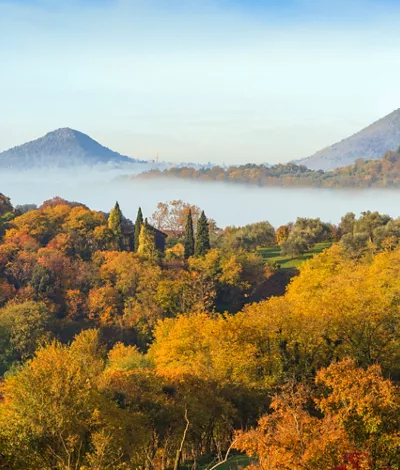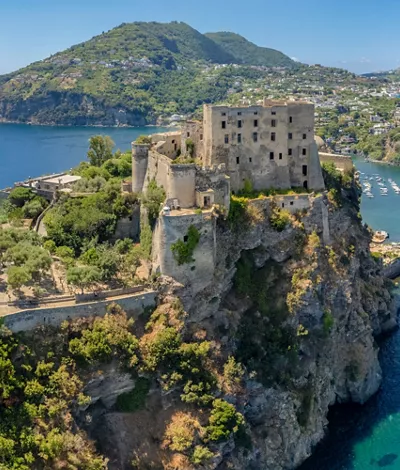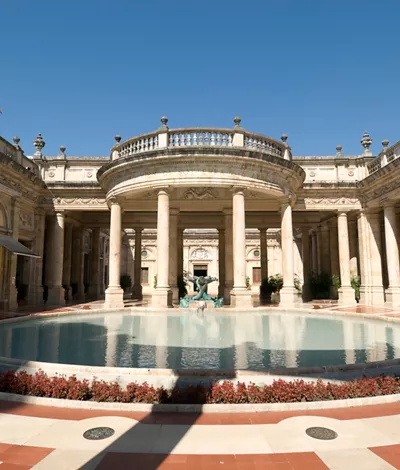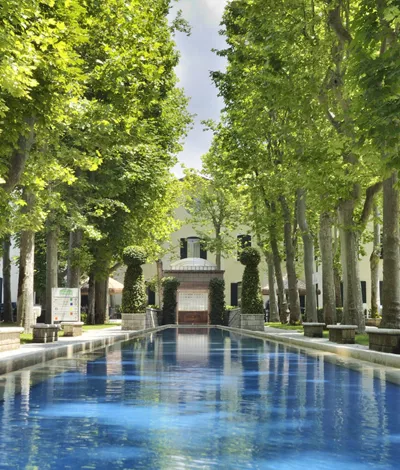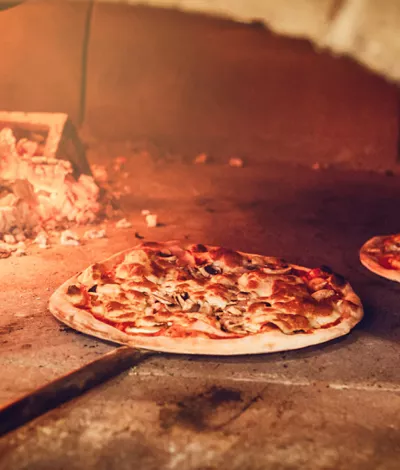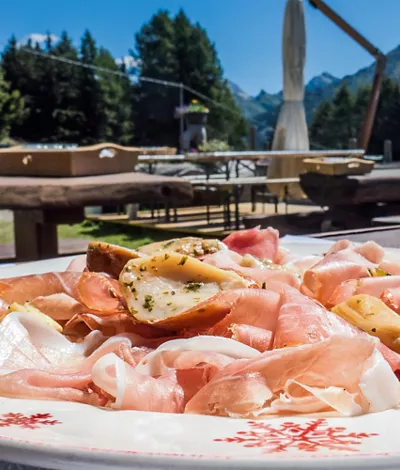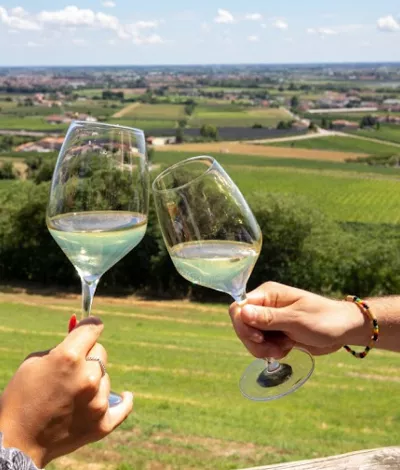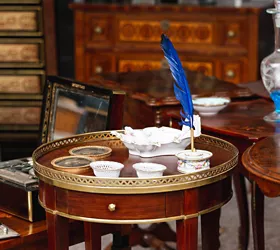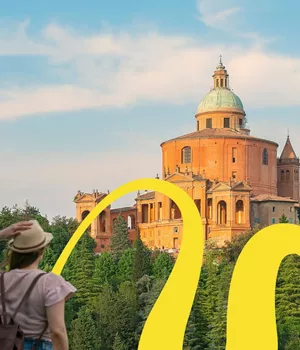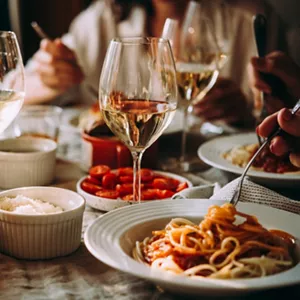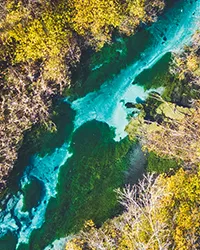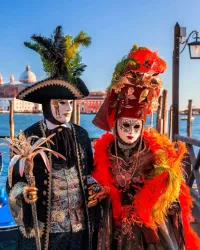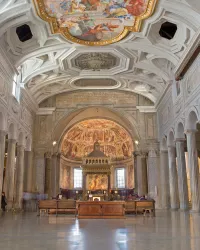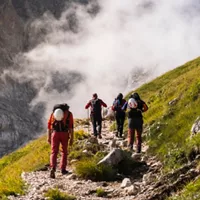Sicily, the whole world in a mouthful
Come to the multi-ethnic cradle of the Mediterranean diet, an intangible heritage of all mankind, to discover an encyclopaedia of flavours, an admirable interweaving of civilisations and peoples, including Phoenicians, Greeks, Romans, Arabs, Normans, Spaniards.
You will immediately be overwhelmed by the endless variety, including blood oranges, Pachino tomatoes, Bronte pistachios (or Bronte's green gold), Avola almonds, saffron, mushrooms, truffles, and honey.
Start with pasta with sardines, with its sweet-and-sour flavour hovering between sultanas, pine nuts, saffron, wild fennel and toasted breadcrumbs; or pasta alla Norma cwith tomato sauce, fried aubergines, basil and a sprinkling of salted ricotta; try the caponata but don't forget the aubergine parmigiana.
Take a trip to the Arab world by savouring Trapani cous cous, the well-known raw wheat semolina that arrived in Sicilian dishes from North Africa, combined with tasty fish soups, spices, vegetables and various meats.
Try the local meats, such as the Nebrodi black pig, or a seafood dish, such as stockfish "a ghiotta", sarde a beccafico, and not forgetting tuna, swordfish and other varieties of fish caught off the Sicilian coast; move on to arancini (or arancine, depending on where you go) of rice and then fried: panelle, chickpea flour pancakes with which rolls sprinkled with sesame seeds are stuffed. And if you want to feel like a local, taste the "ca meusa" bread, that is, with the boiled milza.
Take note of the desserts: the cannolo and the cassata, which enhance the local ricotta cheese; the granita, to be served with a hot brioche with "tuppo" (brioscia cu'tuppu), reminiscent of the chignon of Sicilian women; the Martoran fruit, made of marzipan (of Arab tradition) shaped in mock fruit and vegetables; the ice cream, of ancient traditions, which offers you an unlimited number of flavours; and the chocolate of Modica.
Accompany this endless landscape with a drop of Marsala, of Malvasia di Lipari, of Moscato di Pantelleria or di Zibibbo, without overlooking the island's other wonderful wines, such as the bianco d’Alcamo, the Rapitalà, the Corvo di Salaparuta, the Regareali, the Capo Bianco, for seafood dishes; the Nero d’Avola, the Donna Fugata, the Nerello Mascalese, and many others, to have with meat.
3 minutes


